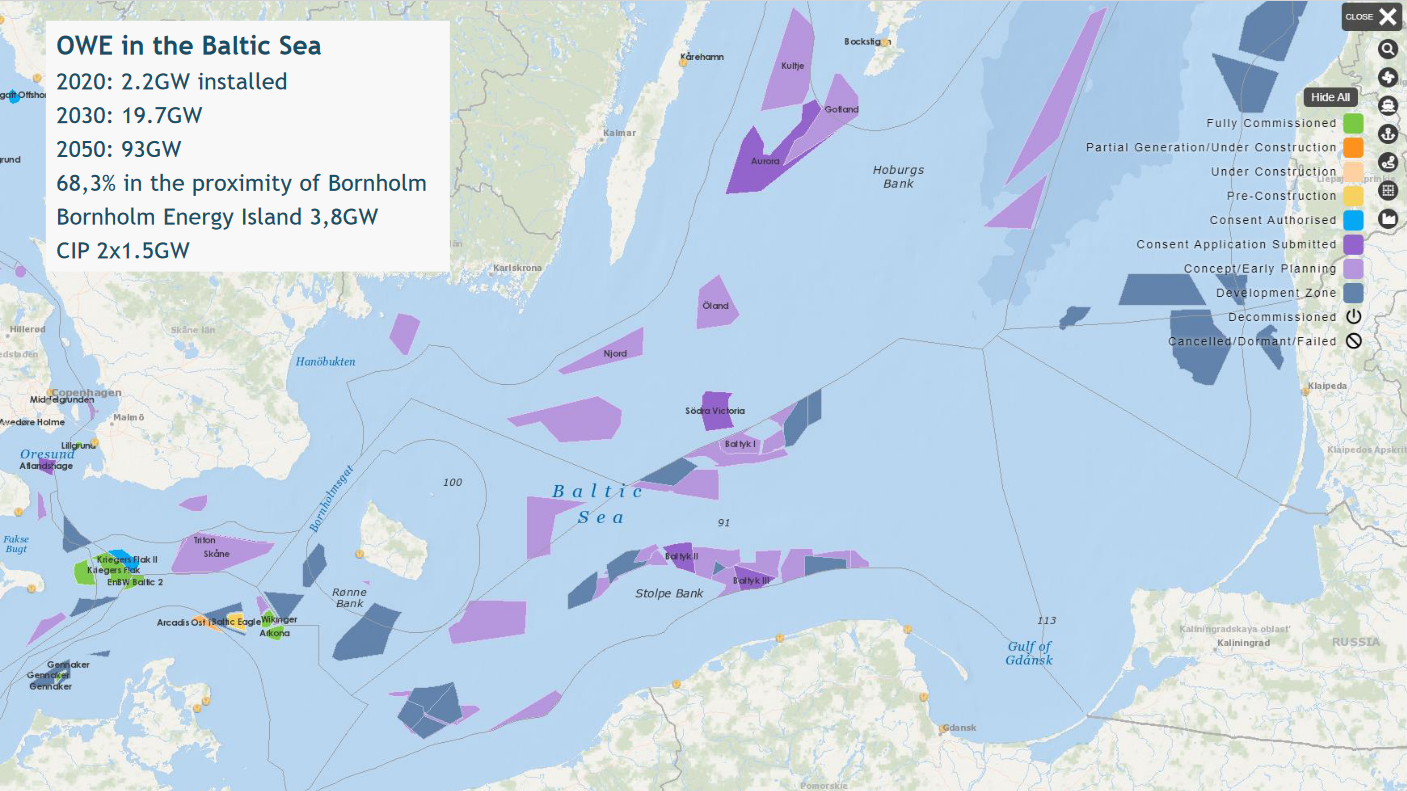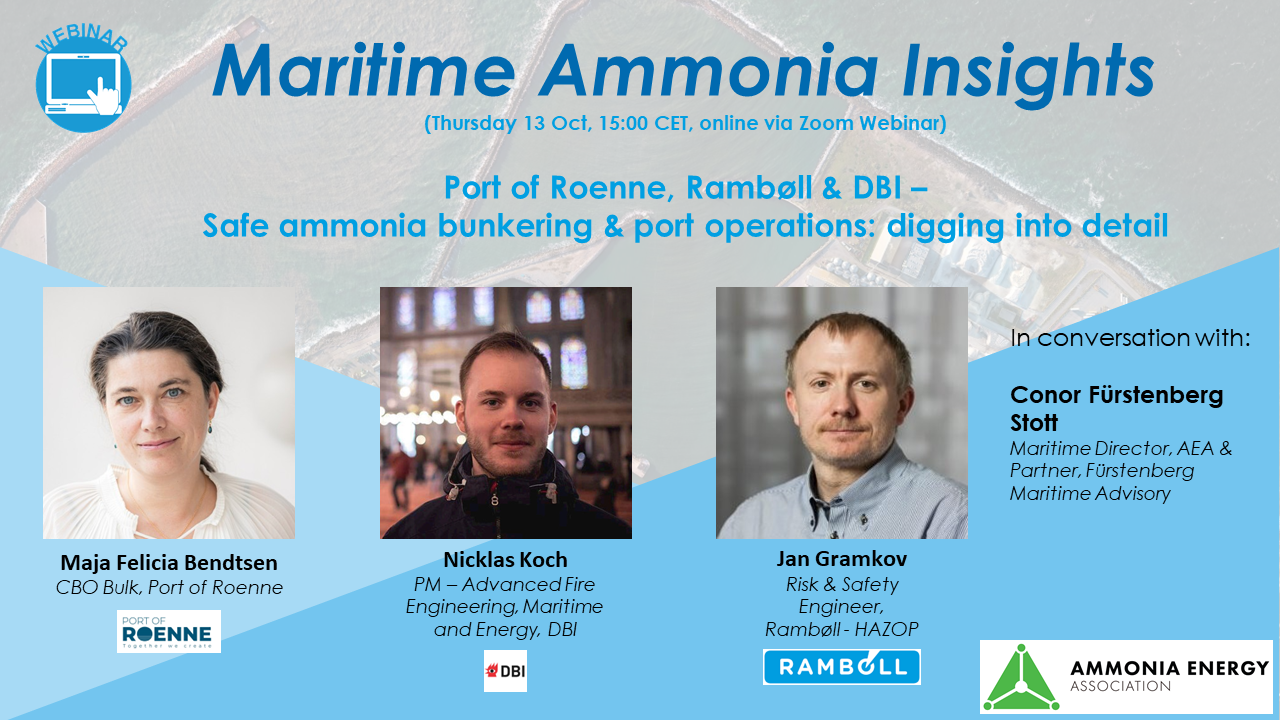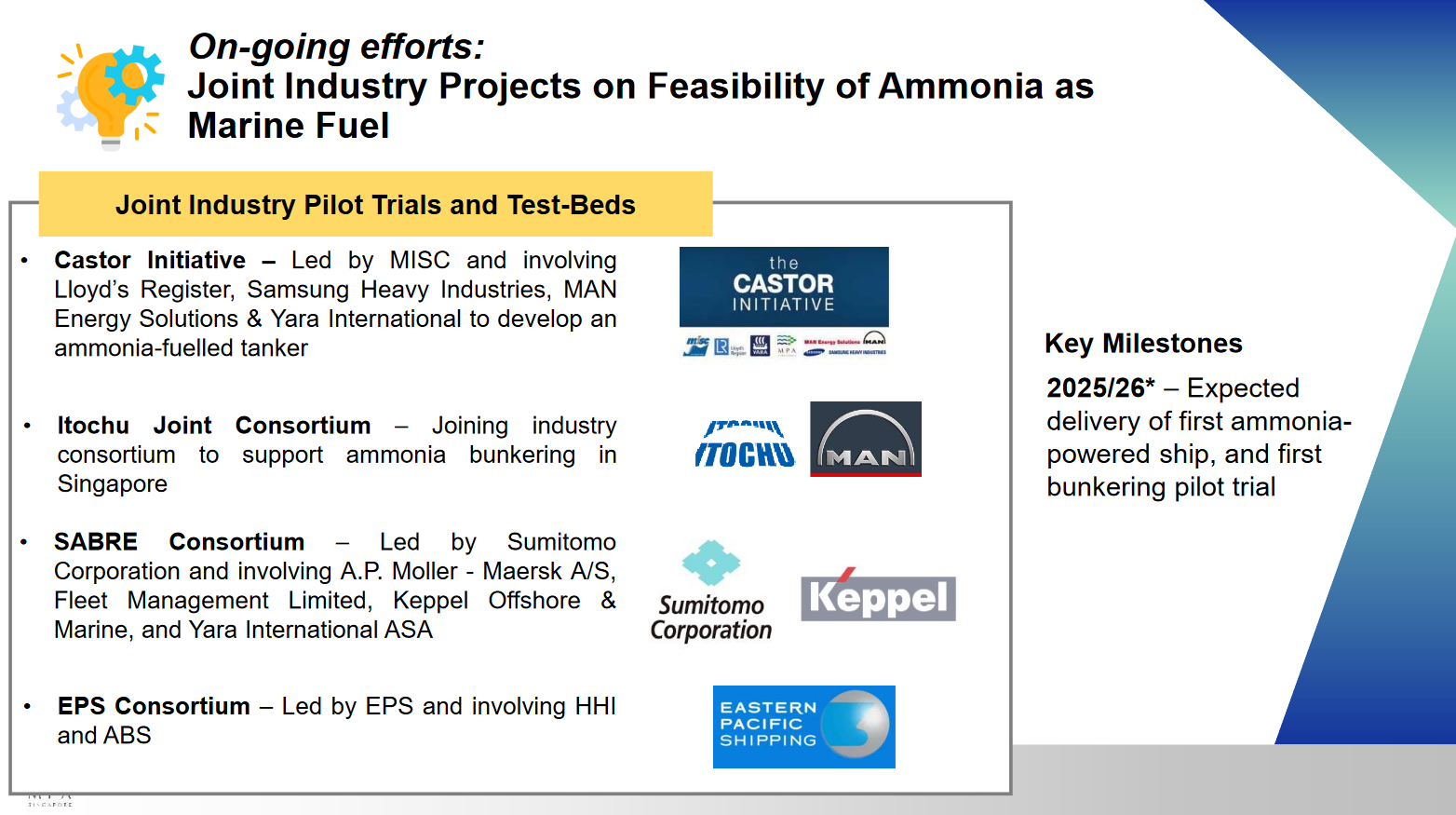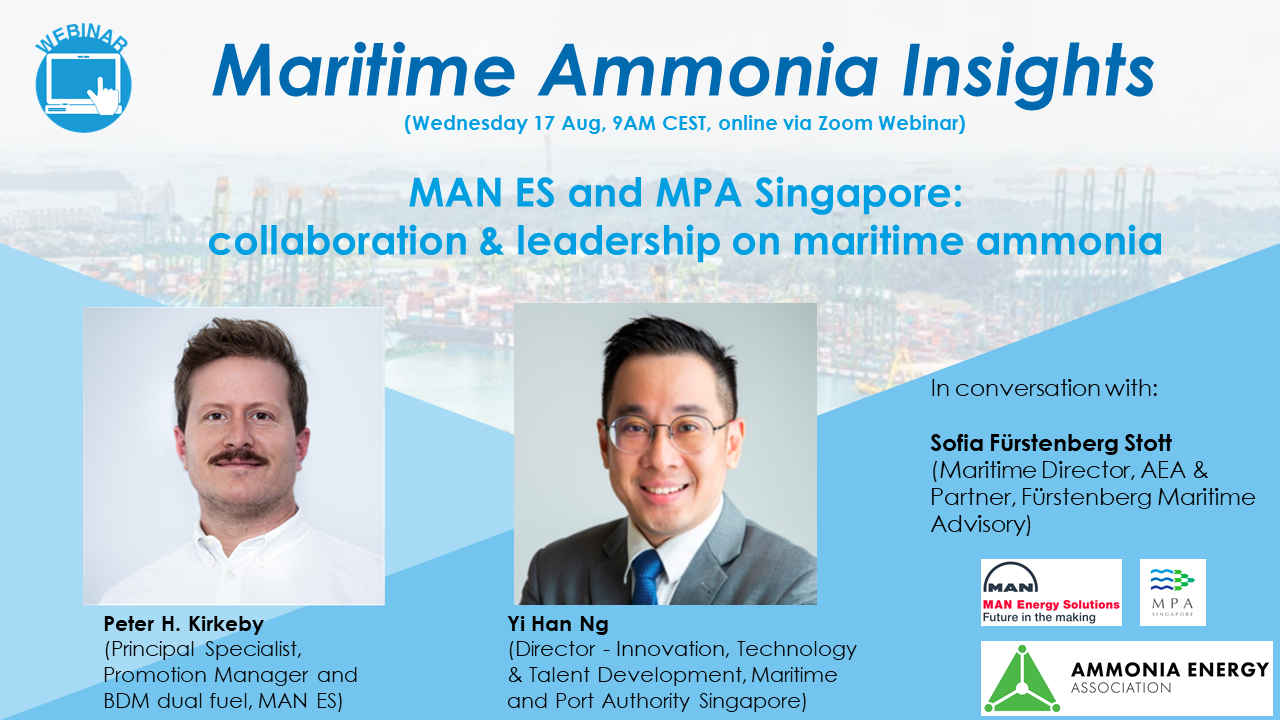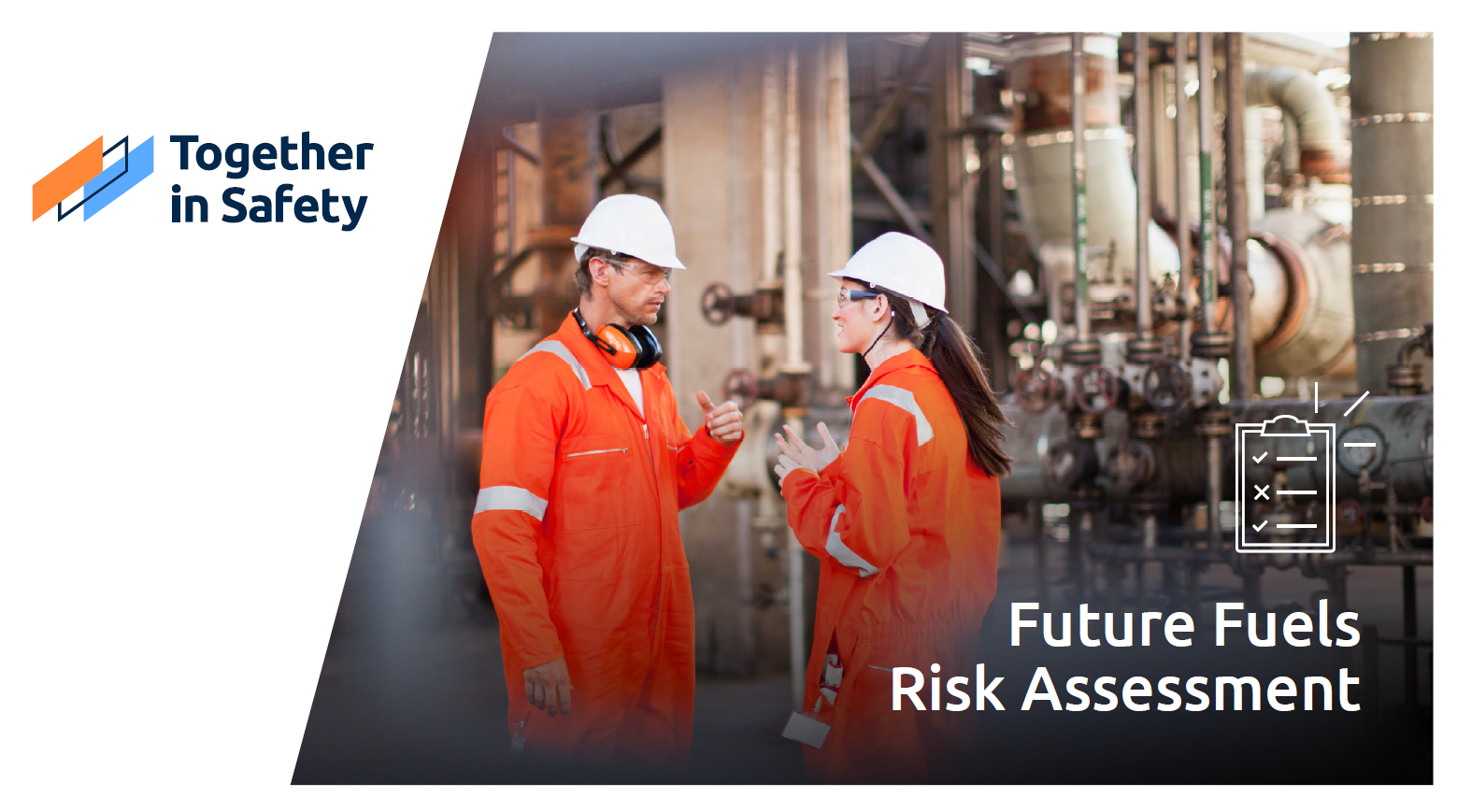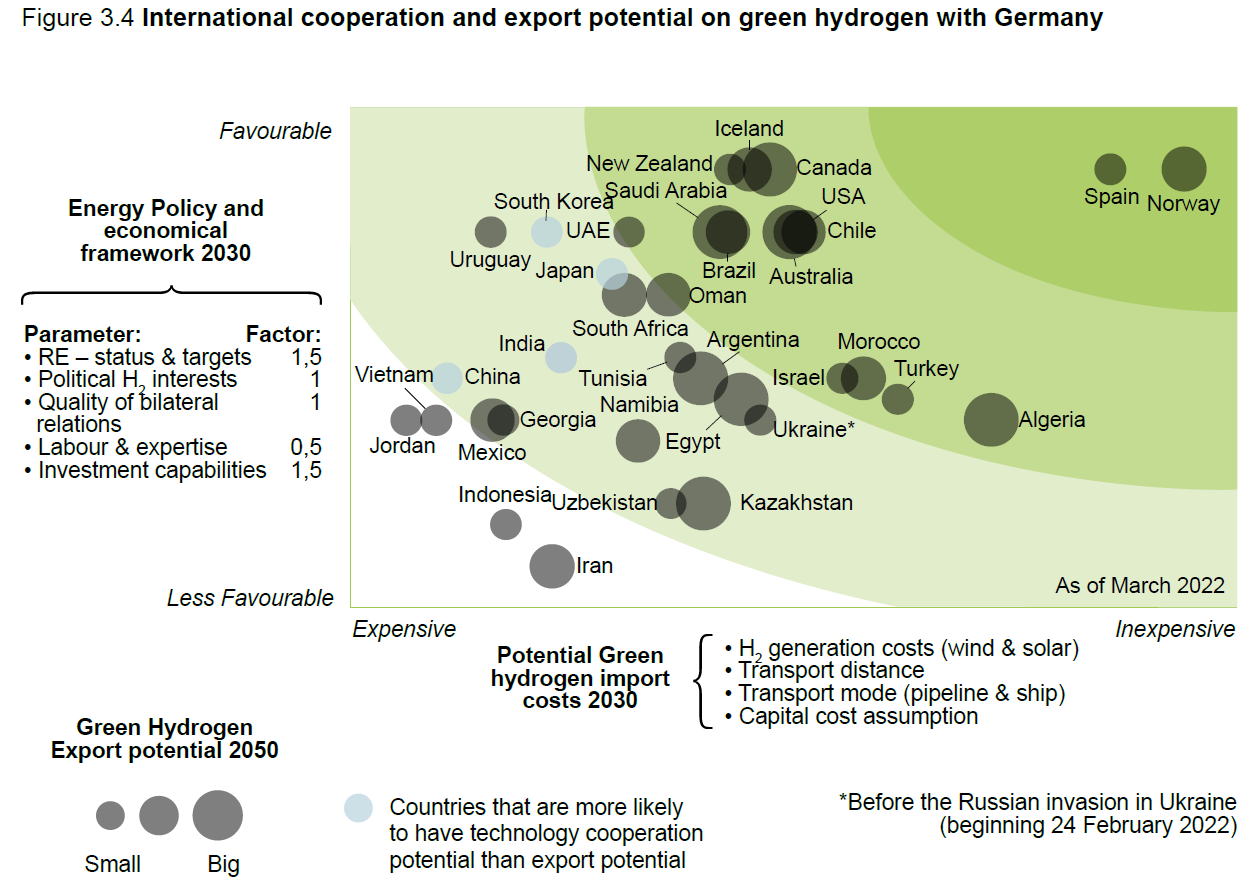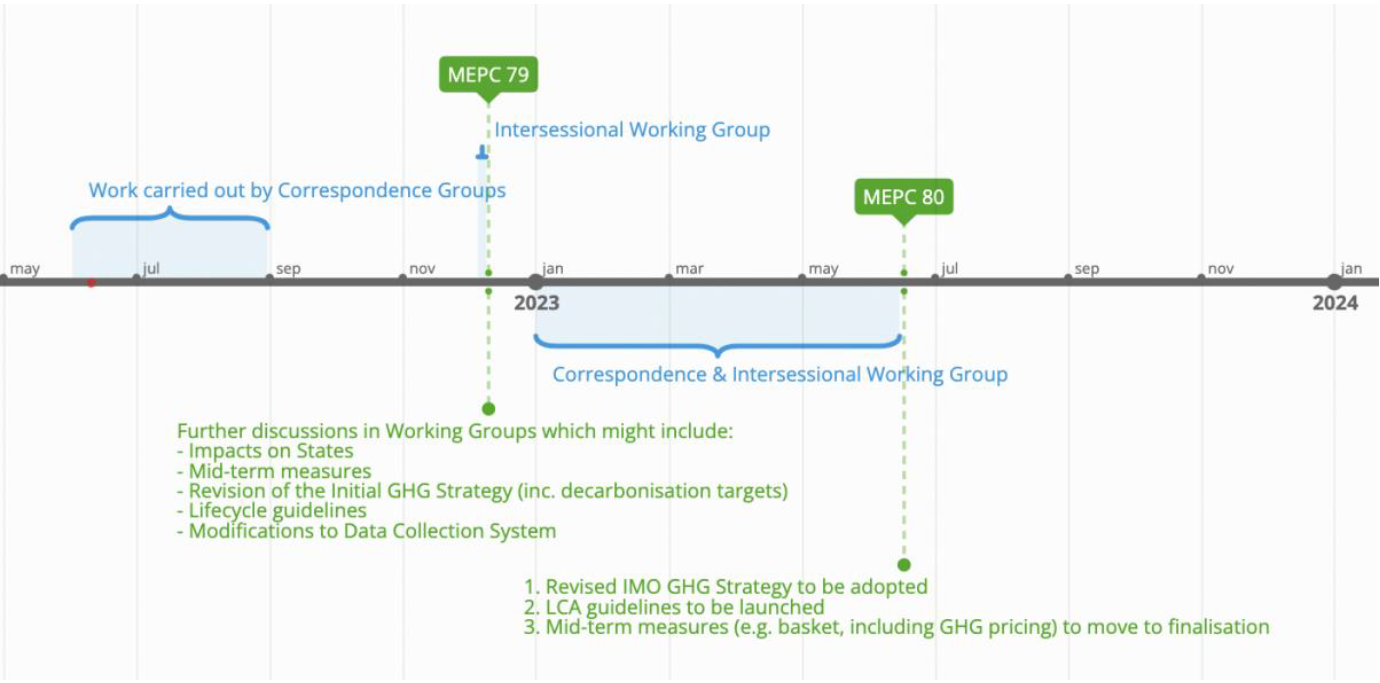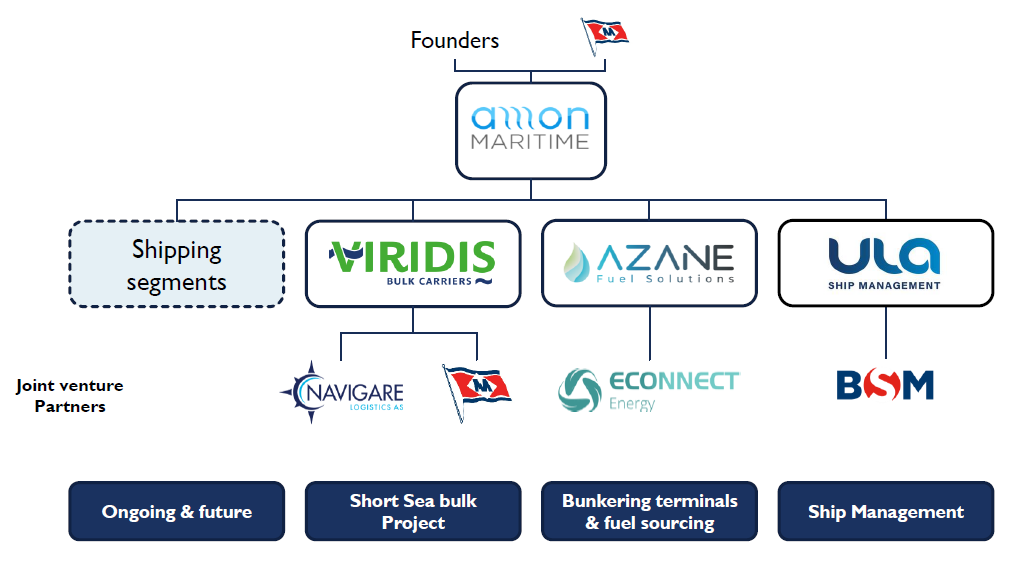Safe ammonia bunkering at the Port of Roenne
In our latest episode of Maritime Ammonia Insights, we delved into an exciting new project for maritime ammonia: the Bornholm Bunkering Hub. Maja Bendtsen (Port of Roenne), Jan Gramkov (Rambøll) and Nicklas Koch (DBI) presented the feasibility, safety management & public perception work currently in progress, as well as the steps still required to formalise a plan forward for the hub by 2025. Early & repeated engagement with the local community, rigorous & standardised assessment of potential risks and utilising learnings from other industries were all emphasized by the speakers as key to realising the project.
